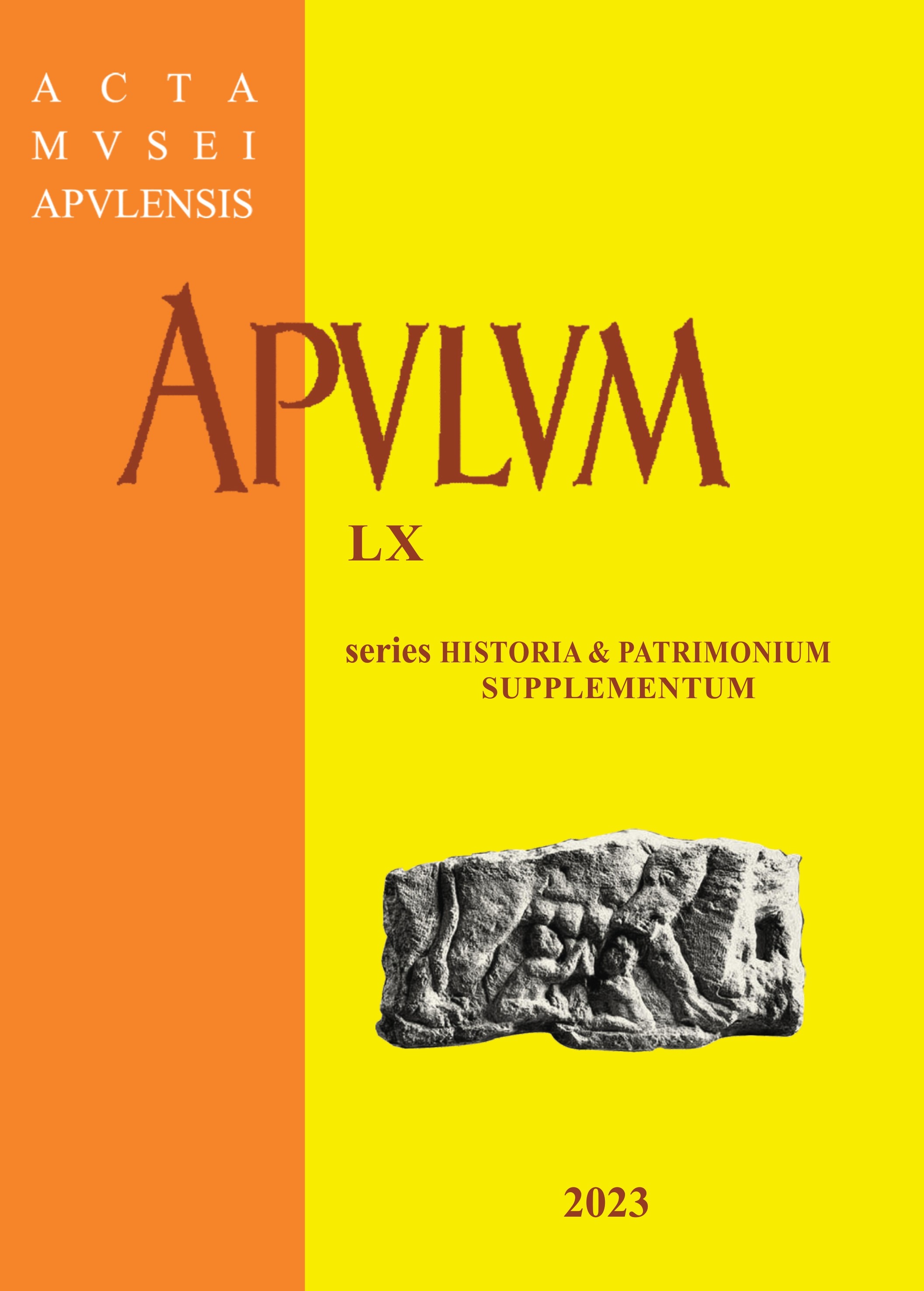DESPRE METODOLOGIA PRIMELOR TRADUCERI ROMÂNEȘTI: PRIVIRE RETROSPECTIVĂ PRIN PRISMA EXPERIENȚEI TRADUCĂTORILOR PSALTIRII BĂLGRĂDENE DIN 1651
On the Methodology of Early Romanian Translations: A Look Back through the Expertise of the Translators of the 1651 Psalter of Bălgrad
Author(s): Ana DumitranSubject(s): History, Cultural history, Modern Age, 16th Century, 17th Century
Published by: Muzeul National al Unirii Alba Iulia
Keywords: translation of the Psalter; Florentine union; printing activity; Hurmuzaki Psalter; Șchei Psalter; Alba Iulia university college;
Summary/Abstract: This investigation - aimed at reconstructing the historical framework most conducive to the activity of translating the Psalter into Romanian for the first time - attempts to valorise the novelties accumulated by the research of the last decades concerning the effort of translating and retranslating this biblical text into Romanian. The example of the Psalter printed in Alba Iulia in 1651 seemed to me to be a useful landmark from which to look back, because it is the last version for which we can invoke an external confessional impulse, it is at the end of a long course of translation experiments, and the knowledge accumulated about its editing allows us to discuss with a high degree of probability the context in which it was produced. We have also found useful the help that could come from 17th century texts due to the standoff in which research has reached as a result of the identification in all the texts of the Scripture translated in the 16th century of a linguistic layer of the Banat-Hunedoara language, which would necessarily indicate the place where the translation was made, while all the preserved copies and the main sources of the printed versions come from Moldova. The appearance of the Alba Iulia Psalter is analysed in comparison with the Coresi Psalter of 1570 (as the earliest preserved printed Romanian version of the Psalter, for which we also know the confessional context in which it went to press) and the Sibiu Tetraevangel of 1551-1553 (as the earliest preserved translated and printed Romanian text). The comparison takes into account the sources from which the translations were made and the type of Slavonic wording to which they belong, the identity of the translators and their collaborators (editors, printers, authors of the prefaces), the motivation and the context in which the printed versions were composed. The conclusion drawn from this comparison is that the success enjoyed by the original of the first Romanian translation of the Psalter must be attributed to a high level of religious and/or political patronage, which assumed the accuracy of the translation and supported its dissemination. The following working hypothesis is proposed: the first Romanian translation of the Psalter took place in ”Ruthenia” (historic Maramureș, northern medieval Hungary, the southern part of the Polish – Lithuanian kingdom and northern Moldavia), and was made by a scholar from Banat – Hunedoara, who used a Serbian manuscript of the Bălgrad Psalter type brought to the area by Serbian settlers from estates acquired after 1439 by the despot George Brankovich. As for the motivation for the translation, it must have been the missionary zeal of the Orthodox hierarchy united with Rome by virtue of the Florentine Council, or – on the contrary – the anti-unionist discourse, since neither Catholicism nor Orthodoxy are opposed to the translation of reading books, but only of books for the church service. It remains to be seen which of the two sides took such an initiative, and not only in ”Ruthenia” but also in Moldavia, where the Florentine union also has a troubled history.
Journal: Apulum
- Issue Year: 60/2023
- Issue No: 1 supp.
- Page Range: 1-21
- Page Count: 21
- Language: Romanian
- Content File-PDF

